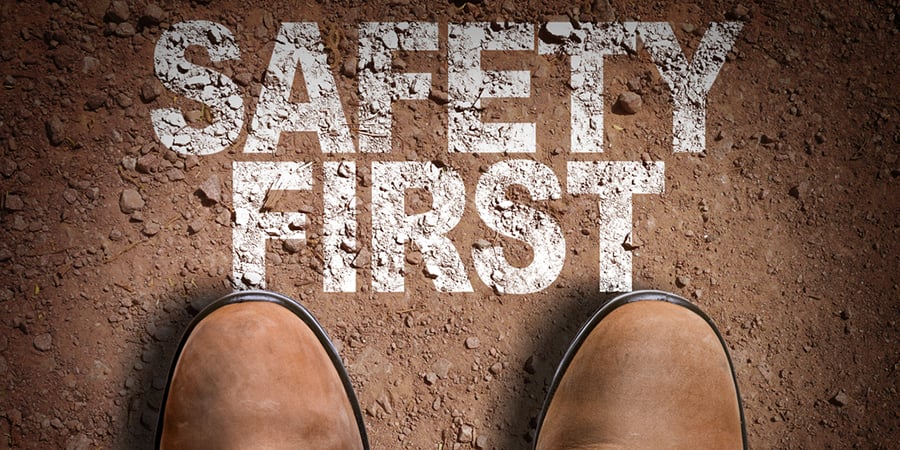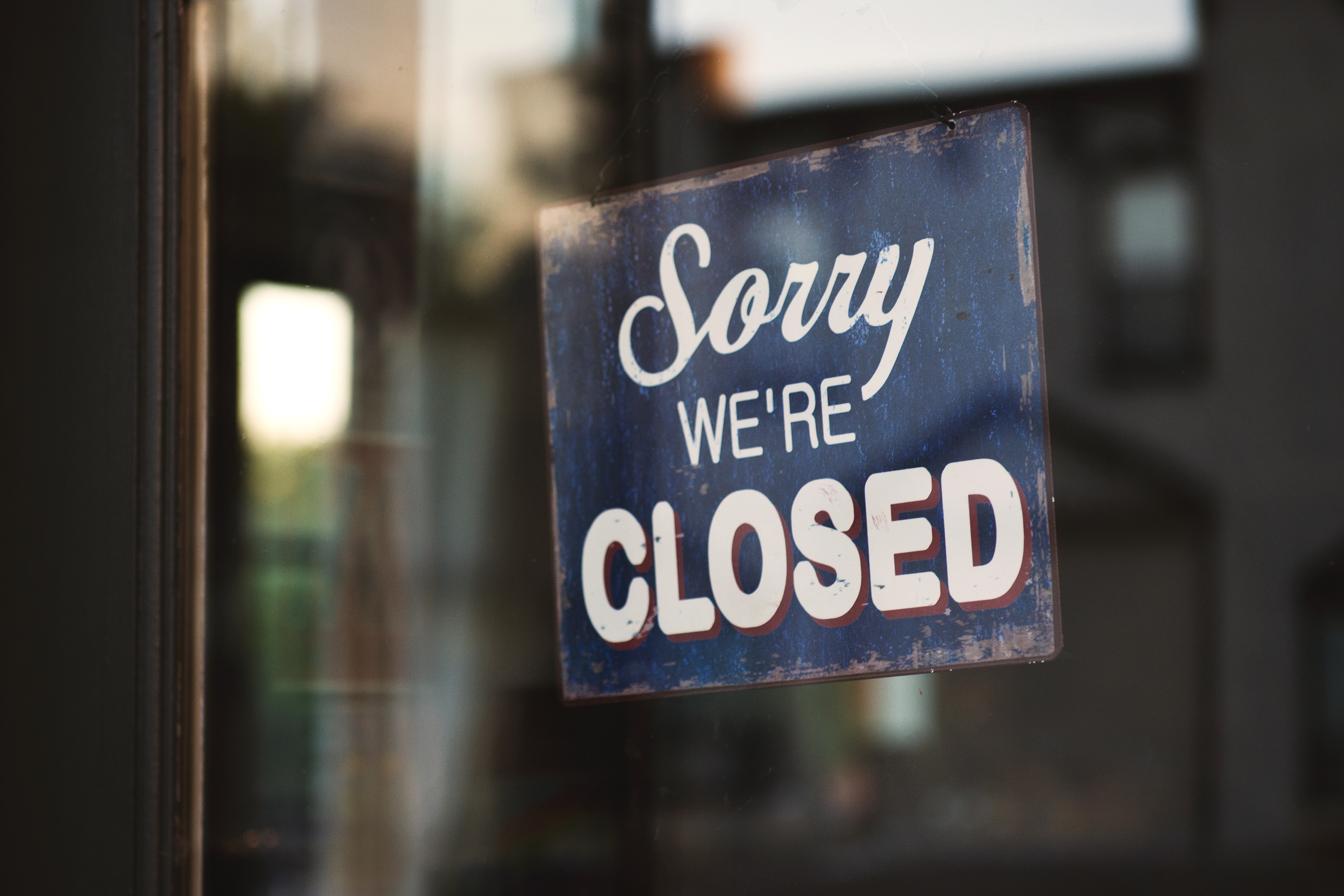Safety Program: Internal Audits and Self-Inspections
May 8th, 2019
3 min. read

“Safety first and always” is a prudent goal for every company. Manufacturers and construction companies in particular have a wider range of dangerous activities that could result in serious injuries to employees and financial liability to your company. Establishing a safety program as part of your company’s culture and overall risk management plan can have a dramatic effect on your profitability and longevity. An effective safety program lowers your accident rates, decreases employee turnover and absenteeism, and improves productivity.
What can you do to ensure your safety plans and policies are serving your organization well? Conducting your own internal safety audits and inspections will help you to proactively identify and address safety concerns and spot issues before they become a problem or are identified by an external auditor. Let’s take a look at the differences between a safety audit and safety inspection, what each one entails and how they work together.
Safety Audit
 The goal of a safety audit is to assess overall compliance of your safety program including policies, procedures and other compliance drivers. Safety audits are typically conducted by a team and are usually performed less frequently than safety inspections. The audit also allows your team the opportunity to assess whether or not the strategies you have in place are meeting your safety goals and initiatives while sparking proactive changes that can help prevent employee injuries, illness and death.
The goal of a safety audit is to assess overall compliance of your safety program including policies, procedures and other compliance drivers. Safety audits are typically conducted by a team and are usually performed less frequently than safety inspections. The audit also allows your team the opportunity to assess whether or not the strategies you have in place are meeting your safety goals and initiatives while sparking proactive changes that can help prevent employee injuries, illness and death.
In order to perform an internal audit of your safety program you will want to take the following steps into consideration:
- Prepare for your audit. It’s recommended that you have a diverse audit team that includes production line workers, managers and individuals from other areas of your company. Make sure that everyone on the team is trained and knows what is expected, and the scope and objectives of the audit. Spend time reviewing all policies and procedures related to your safety program along with previous audit results and recommendations to see if they have been implemented and are working.
- Conduct the audit. Your audit team will conduct the audit onsite using in-person review and observation of safety policies and procedures. The team will be looking for strengths and weaknesses in your company’s safety procedures both written and observed through action. They will speak with employees who are operating the machines, driving the forklifts, supervising areas, etc.
It’s important that the team remains objective in their documentation of observations and comments made by other employees. They may use a checklist or take written notes on their observations and conversations. The method of documentation depends on what works best for your team and company for capturing the information. - Write an audit report. Once the team has completed the audit, they will draft a written audit report outlining their observations and identifying where there may be gaps in your company’s safety plan. The report should reflect all of the audit teams’ findings and perspectives, list the audited areas, and list the names of the audit team members and interviewed persons. A well-written audit report will be objective, concise, reflect both positive and negative findings, and list recommended actions and areas for improvement based on the findings.
- Develop corrective action plans. The corrective action plan details how your company will work to improve any deficiencies that were identified in the audit. The audit team should work with supervisors and managers to set corrective action priorities based on the level of hazard the findings present. The higher the risk, the higher the priority. Once prioritized, tasks should be assigned to individuals or areas with deadlines for completion that include review dates as well as where to record completed tasks so the items can be reviewed in future audits as a follow up.
Safety Inspections
Safety inspections are a recurring completion of assessments by facility-level personnel and are often a task to be completed with a checklist. The goal of the safety inspection is to identify potential hazards to employees and assesses if a specific piece of equipment or process is operating in a safe and environmentally harmless way. This can include many aspects of your company such as the building and grounds, machinery, tools, electrical, plumbing, etc.
You can create a customized inspection checklist for your type of business, such as a construction jobsite safety checklist, or use general checklists available from OSHA. Always be sure to look for any hazards, risks or other issues that may prevent your company from operating safely. Similar to your internal audit, you will want to document your findings and work with management to address any areas of concern that you have uncovered.
Conducting safety audits and inspections takes time and effort, but like all things that require time and effort, they will provide you with valuable information to help you manage your workplace safety program.
Looking for More Tools to Help You Manage Your Workplace Safety Program?
Leveraging technology to adopt OSHA’s recommended practices in your workplace can help you experience the full benefits of your safety program. Learn more by downloading our whitepaper below.
Julie Van Vonderen, Director of McCloneHR Consulting
Julie knows the ins-and-outs of HR because she has walked a mile in her client’s shoes. Before coming to McClone to manage our HR consulting practice, she spent 25 years in-house doing HR for financial services and manufacturing companies. That depth of experience has given her critical perspective as she works with McClone clients through change management, strategic planning, employee engagement and organizational development transitions. She leads McClone’s HR practice providing valuable insight to clients and then working to develop plans and policies to turn strategies into practice. Julie has a bachelor’s degree in HR and marketing from University of Wisconsin - Oshkosh. She is the current president of the Heart of the Valley Chamber of Commerce and the HR Advisory committee at Fox Valley Technical College.






